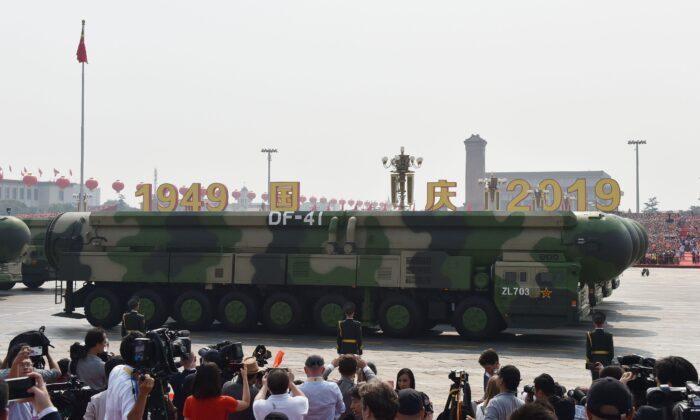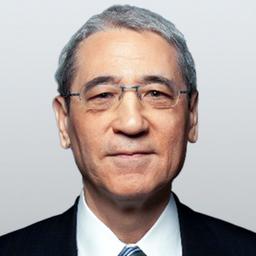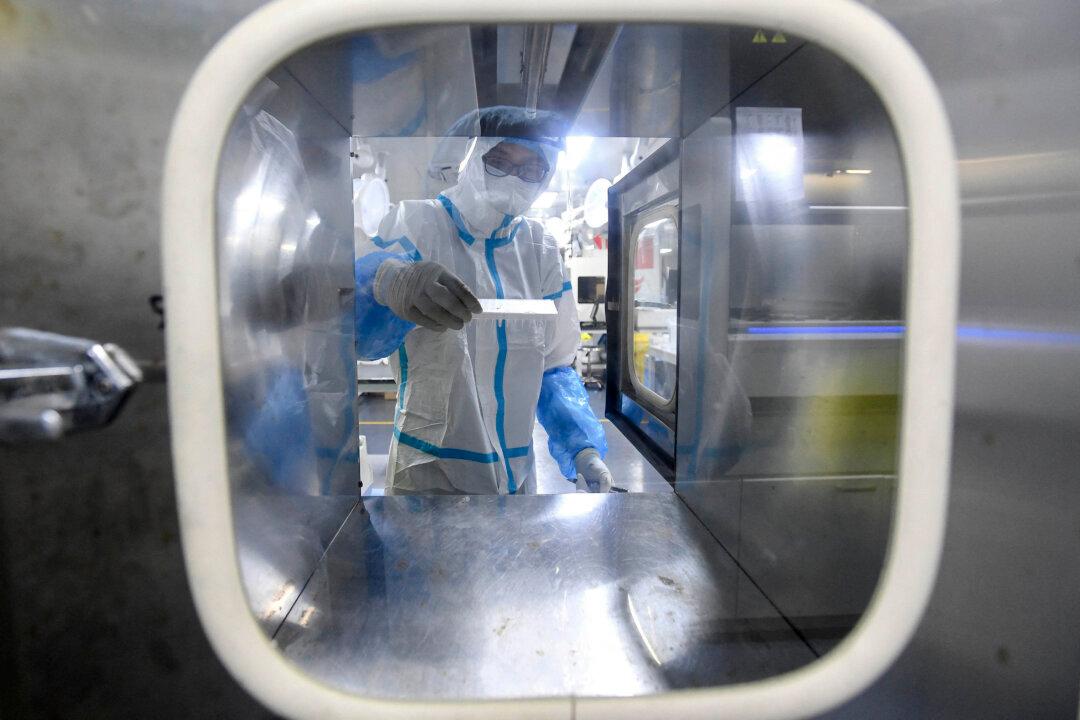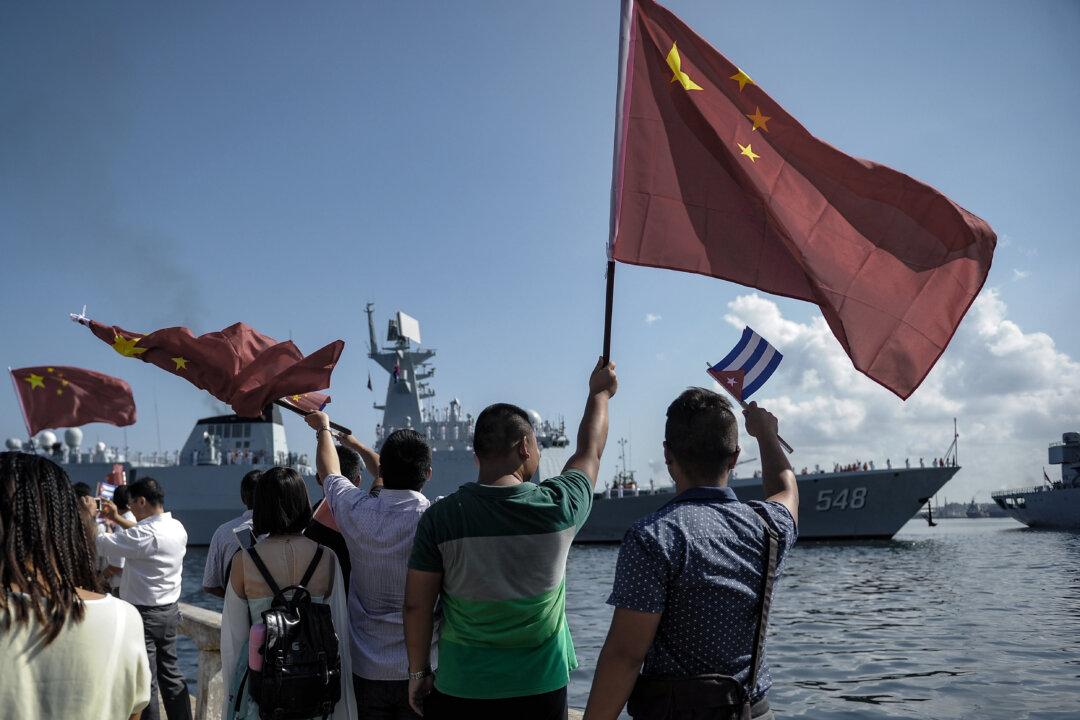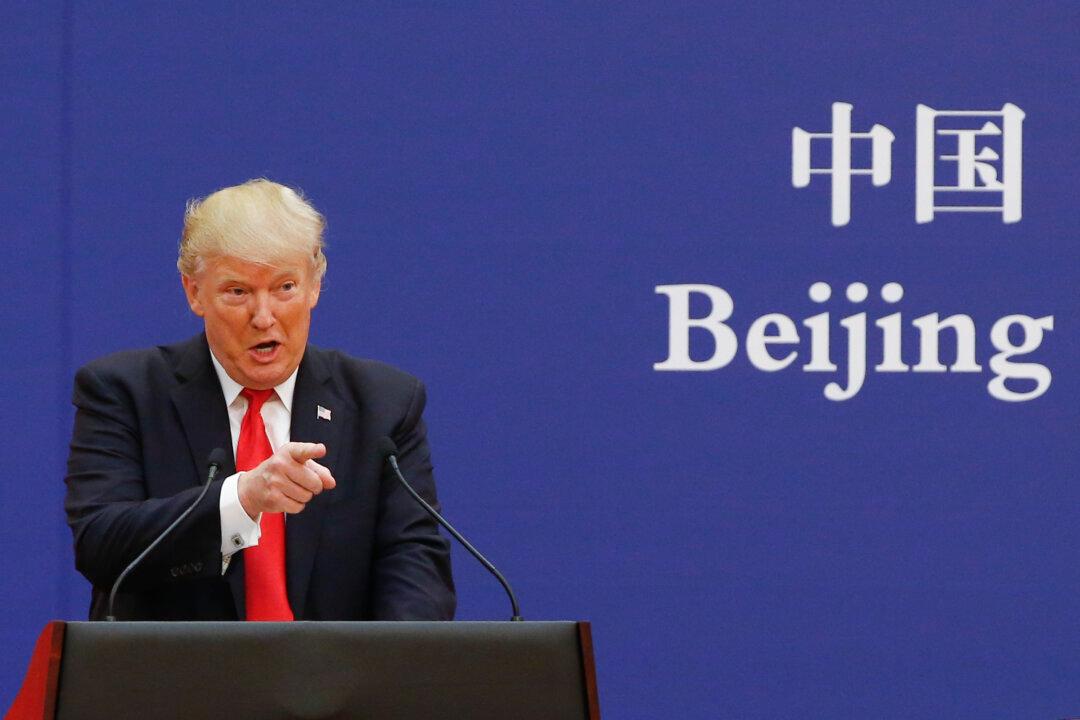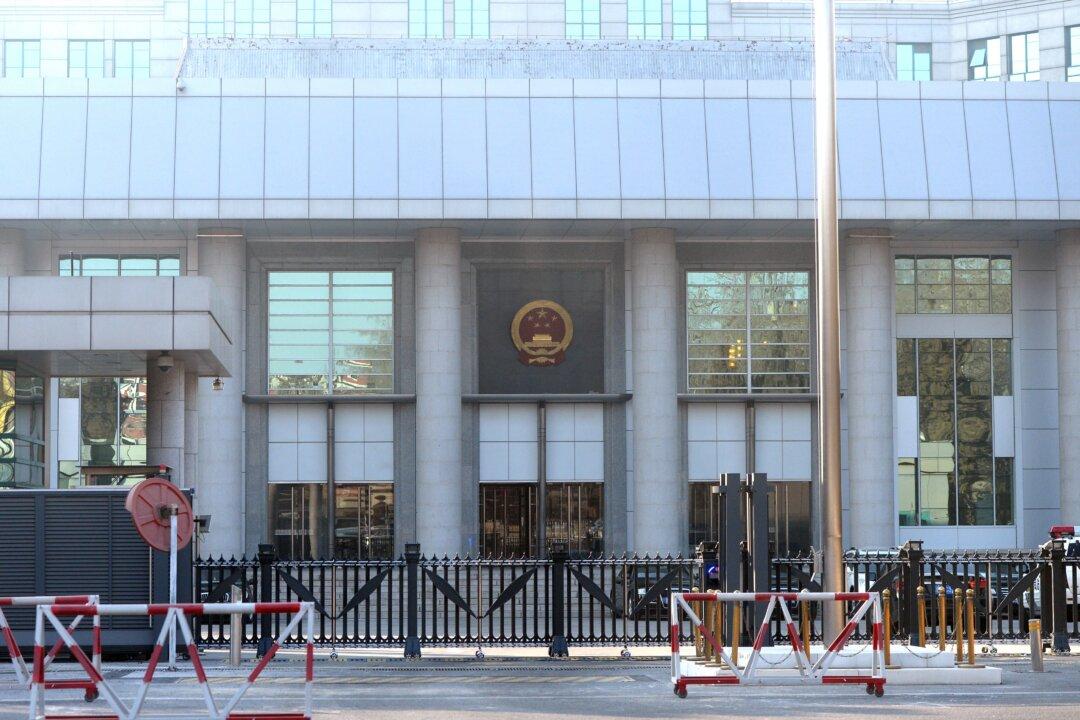Milley is wrong about China’s nuclear weapons ambitions. He is, unfortunately, expressing the same pessimism that pervaded the Nixon, Ford, and Carter years, when the American foreign policy establishment took the Soviet Union as a given and therefore promoted détente.
America can stop China’s nuclear weapons development and other monumental programs.
The Chinese Communist Party (CCP) needs America for, among other things, money, and the United States does not have to provide it.
“The one resource which Xi Jinping’s ambition has overreached is cash,” Gregory Copley, president of the International Strategic Studies Association and editor-in-chief of Defense & Foreign Affairs Strategic Policy, told Gatestone. “Beijing cannot, in the short term, provide the cash needed to dominate the Middle East, Africa, Latin America, and other places.”
Official statisticians minimized inflation, thereby overstating last year’s economic output. In reality, China’s economy in 2022, after price adjustments, almost certainly contracted, perhaps by as much as 3 percent.
Will there be growth now? There was great optimism at the beginning of this year, in part because the economy in 2022 was so weak and a fast rebound seemed likely after the lifting of China’s draconian “dynamic zero-COVID” controls in early December 2022.
During the two months—January and February are combined for reporting purposes to eliminate the distortion caused by the constantly shifting Chinese New Year holiday—trade volume continued its downward trend. Exports fell 6.8 percent year-on-year. More significantly, imports, one of the best reflections of domestic demand, plunged 10.2 percent.
Retail sales for the two-month period, Beijing says, increased, but only by 3.5 percent. That number, as weak as it is, is not consistent with consumer data, however. Anne Stevenson-Yang of J Capital Research points out that airline passenger traffic for January–February was off 23 percent compared with the same period in 2019, the last pre-COVID year; box office revenue, a closely watched indicator, was down 13 percent for the Jan. 1–April 4 period, again compared to 2019; and the price of sports shoes has been dropping rapidly on the popular Alibaba sites of Taobao and Tmall.
Beijing has been issuing optimistic-looking purchasing managers’ indexes (PMIs) for the services sector, but Stevenson-Yang, also author of “China Alone: The Emergence from, and Potential Return to Isolation,” persuasively argues that these numbers do not show the true state of economic growth.
“The services PMI gives the impression that the Chinese economy is roaring back, but that does not at all appear to be the case,” she told Gatestone. “Everything is down, whether plane travel, freight, or buying on the Alibaba platforms.”
The dramatic downturn in the all-important property market and the deep pessimism in Chinese society ultimately combine to limit consumer spending, which in turn limits manufacturing output. Weak foreign demand has, as trade numbers show, already dented exports. In sum, the Chinese economy is anemic.
China, therefore, needs factory orders from abroad and foreign investment. The American president can crimp both of these lifelines by, among other things, using his authority under the International Emergency Economic Powers Act of 1977 and by joining or liberalizing free-trade agreements with other countries. For instance, U.S. President Joe Biden could encourage factories to move to the Western hemisphere by making a few fixes to the Dominican Republic-Central America-United States Free Trade Agreement (CAFTA-DR). The American market is the largest in the world, and the president can use it to redirect trade flows.
Will redirecting trade flows stop China’s nuclear weapons buildup? Not all at once. The People’s Liberation Army has been taking larger shares of the resources of the Chinese state. Last year, for instance, China’s military budget, according to official sources, increased 7.1 percent while the economy, at least officially, grew only 3 percent. This year, the military is slated to get 7.2 percent more, and economic growth will again fall short.
“The BRI is faltering and crumbling as China has overextended itself because of pressure from Xi Jinping to push it through too rapidly and without adequate contingency provision for the economic downturn caused by Russia’s invasion of Ukraine and other factors,” China analyst Charles Burton of the Macdonald-Laurier Institute told Gatestone. “We now know that China spent $240 billion on country bailouts from 2008 to 2021, correlating with a drop in Chinese lending for infrastructure projects that are the core of this Belt and Road Initiative. It is clear that China is now overstretched and unable to continue with the BRI overall plan into the foreseeable future.”
Xi has diverted the state’s resources for nuclear weapons. He can do that for a time, but soon the cash will run out. So here is a message for Milley: There is a lot America can do to stop China’s fast buildup of its most dangerous arsenal, and in any case, Americans must not under any circumstances fund, with trade and investment, the weapons pointed at them.
President Ronald Reagan bankrupted the Soviet Union by reducing the flow of cash to Moscow. It is now time to bankrupt China.
After all, no money, no nukes.
